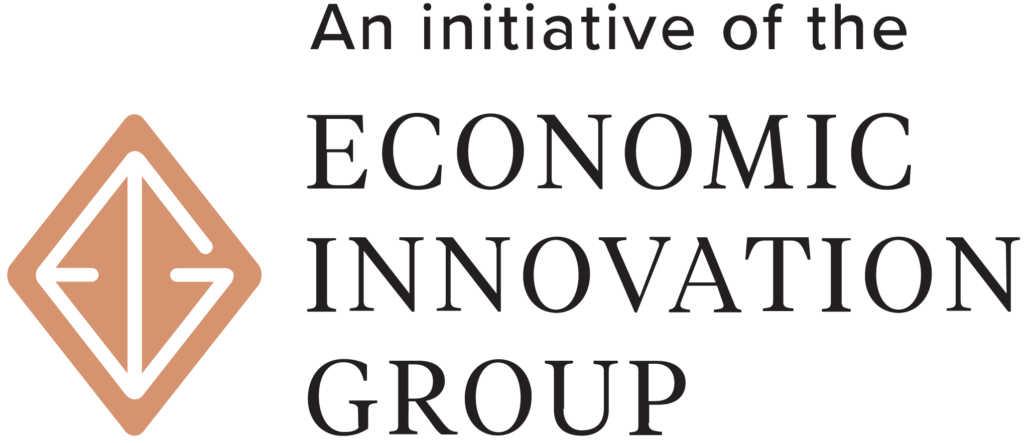By Kenneth Megan
During this week’s reconciliation markup, the House Ways and Means Committee debated a sweeping overhaul to the U.S. retirement system. Authored by Chairman Richard Neal (D-MA), a longtime champion of retirement reforms, the proposal would address glaring inequities in retirement security by increasing access to retirement savings accounts and providing targeted resources to low-income workers.
Though the committee debate reflected deep partisan divides–particularly on the important issue of adding burdens on small businesses–members of both parties largely agreed that the U.S. retirement system needs broad reforms to improve retirement security, particularly for hardworking Americans who are currently excluded from access to quality savings plans. Indeed, around a third of private industry workers currently do not have access to an employer-sponsored retirement account. Meanwhile, just 42 percent of workers in the bottom quarter of earnings have access to such retirement accounts, compared to 73 percent of workers in the top quarter of earnings.
The Economic Innovation Group (EIG) has developed a bipartisan retirement proposal that aligns with the spirit of Chairman Neal’s proposal, but would comparatively ease obligations on small businesses while simultaneously boosting retirement coverage and generating greater wealth for low- and middle-income workers. Developed by retirement expert Teresa Ghilarducci, Professor at the New School, and Kevin Hassett, former chair of the White House Council of Economic Advisors, EIG’s approach is modeled after the Thrift Savings Plan (TSP), the retirement plan currently offered to the federal workforce. Under EIG’s proposal, the federal government would offer a TSP-type program for low- and middle-income workers who lack access to employer-sponsored accounts. Additionally, participants would receive matching contributions from the federal government to reward savings and boost wealth creation–much in the same way that the current federal tax deduction on retirement savings benefits higher income workers.
Below we outline Chairman Neal’s proposal, as well as lay out considerations for further reforms that are in line with EIG’s approach.
Chairman Neal’s Proposal
- Requires that businesses with five or more employees offer a retirement plan to their workers. In general, businesses would be required to offer an IRA or 401k-type plan to their employees. In order to make this requirement simple for employers who currently do not offer plans, the proposal would implement a new type of plan, called an “Automatic IRA arrangement,” (Auto-IRA) which would include only low-cost, low-fee investment options. The US Department of Treasury would oversee and provide guidance on Auto-IRAs, helping to ensure that they are up to fiduciary standards and therefore easing burdens on employers. Small businesses would receive tax credits to offset the costs associated with implementing and administering these plans, and non-compliance would result in an excise tax imposed on employers.
- Reforms the Saver’s Credit to boost support for low-income workers. The Saver’s Credit is a tax benefit designed to incentivize retirement savings among low- and middle-income workers by allowing them to claim a tax credit equal to a portion of their annual retirement plan contributions. However, because it is non-refundable, individuals must have a federal tax liability in order to receive the benefit, which most low- and middle-income filers do not have, hampering the benefit’s uptake and effectiveness. Chairman Neal’s proposal would make the Saver’s Credit refundable, which would greatly expand its reach. It would also deposit these resources directly into retirement accounts. Specifically, workers would receive a 50% match up to $1,000 in retirement savings, which would be phased out between $50,000 and $70,000 in modified adjusted gross income for joint filers.
- Promotes automatic features. The proposal would also notably require employers to auto-enroll workers into their retirement plans in most circumstances, with workers given the opportunity to opt-out. Behavioral science research suggests that auto-enrollment has a major positive effect on retirement savings uptake.
Considerations for Further Reform
While EIG supports several elements of Chairman Neal’s proposal–in particular, the use of automatic enrollment, the expansion of access to private retirement accounts, and increased benefits for low-income workers–there are several additional design features that could reduce red tape and further boost retirement security.
- Further reduce employer burdens: While Chairman Neal’s proposal does seek to minimize employer burdens–through tax credits to offset plan startup costs, as well as through the advent of Auto-IRAs, which would be strictly regulated and ease the fiduciary burden on employers–businesses would still be required to navigate a complex system in order to abide by the proposal’s new requirements. For example, employers that do not currently offer retirement benefits would be required to choose from an array of different plan options, and would, in many cases, be required to act as a fiduciary, interfacing with current and former employees on retirement-related issues. Conversely, under EIG’s approach, employers that do not currently offer a plan would simply be required to implement payroll withholding into the TSP-type system, similar to the current process for Medicare and Social Security payroll taxes.
- Coverage for all workers: Chairman Neal’s proposal would also leave uncovered the many self-employed, gig economy workers, and workers at small firms who lack retirement plans. Under EIG’s framework, any worker whose employer does not offer a retirement plan could be auto-enrolled into the TSP-type account, including workers at firms that do not meet the size threshold under Chairman Neal’s proposal. Additionally, self-employed workers could enroll when they file their quarterly payroll taxes, filling an important access gap in retirement savings.
- Using the TSP as a framework: Extending a TSP-type framework to all workers who lack employer plans would allow them to benefit from economies of scale, which would translate to low-cost investment options driven by market forces. The consolidation of purchasing power would drive competition in the marketplace, as different eligible vendors compete for service from this new pool of investments. Additionally, the TSP is a model that has proven results, in particular for lower-income workers, who benefit not only from low fees, but from simple, high-quality plan options. While Chairman Neal’s proposal directs the Department of the Treasury to ensure that retirement plans have low fees and simple options, the most efficient way to do so is to incorporate the same design features that have made the TSP such a resounding success.
- Providing a dollar-for-dollar federal match for low-income workers: While Chairman Neal proposes making the Saver’s Credit refundable and paying it out directly into retirement accounts, which is akin to a federal match, EIG recommends going much further, both in the size of the match and its linkage to work. Specifically, we recommend a dollar-for-dollar match of up to 5 percent of annual income that begins to phase out at median earnings, whereas the Chairman’s proposal is a 50 percent match up to only $1,000 in retirement savings per year. Furthermore, EIG recommends paying out the match on a regular basis, which would strengthen ties to employment and ensure that low-income workers who do not file taxes are able to receive the benefit.
Ultimately, Chairman Neal’s proposal would move the needle considerably towards a more equitable and accessible retirement system, and reflects the fact that a major overhaul is needed to boost access to the existing private retirement infrastructure. EIG urges the Committee to consider the policy approaches laid out above, which would help ensure that reform leads to broader access, higher quality savings options, and stronger generating benefits for workers who have traditionally been overlooked by U.S. retirement policy.




